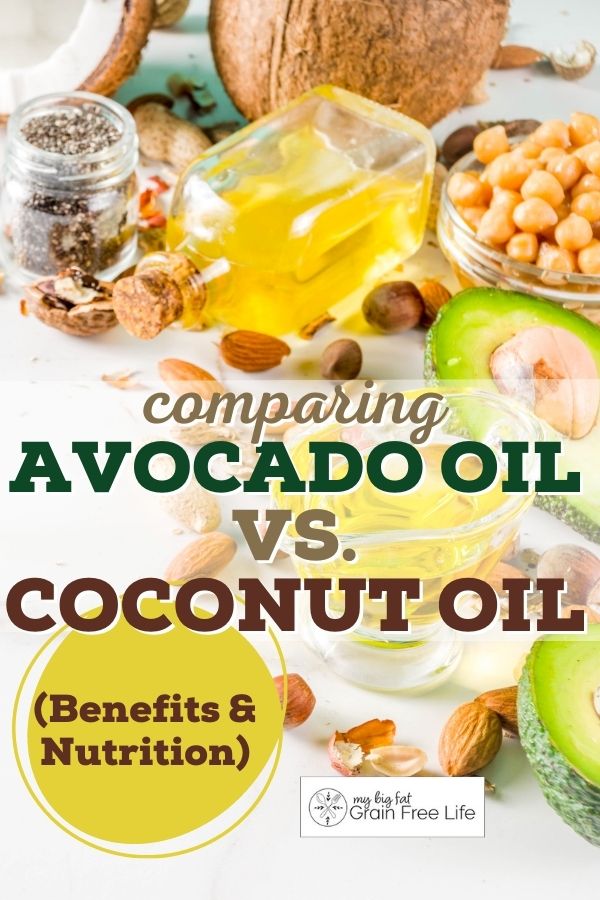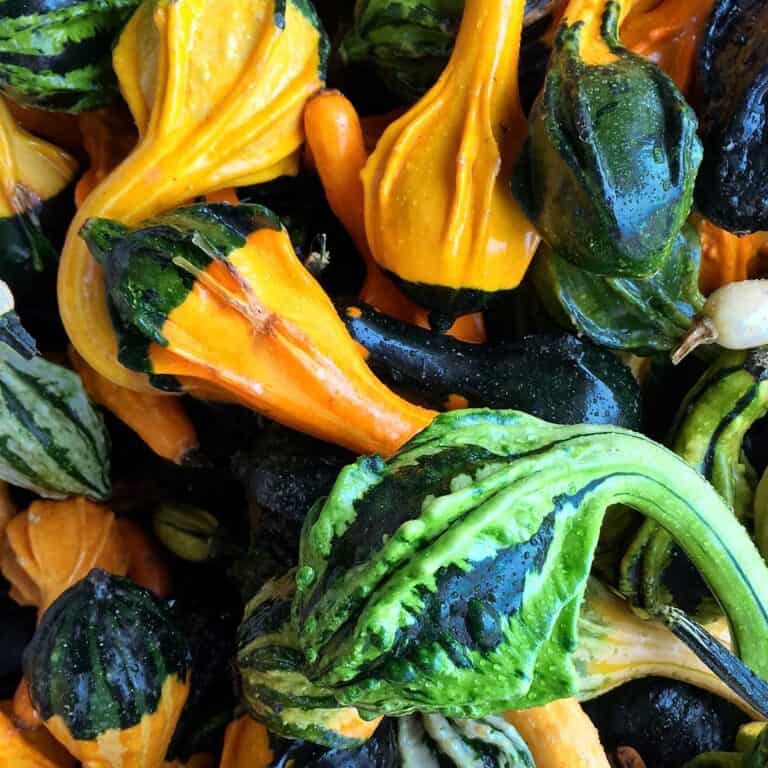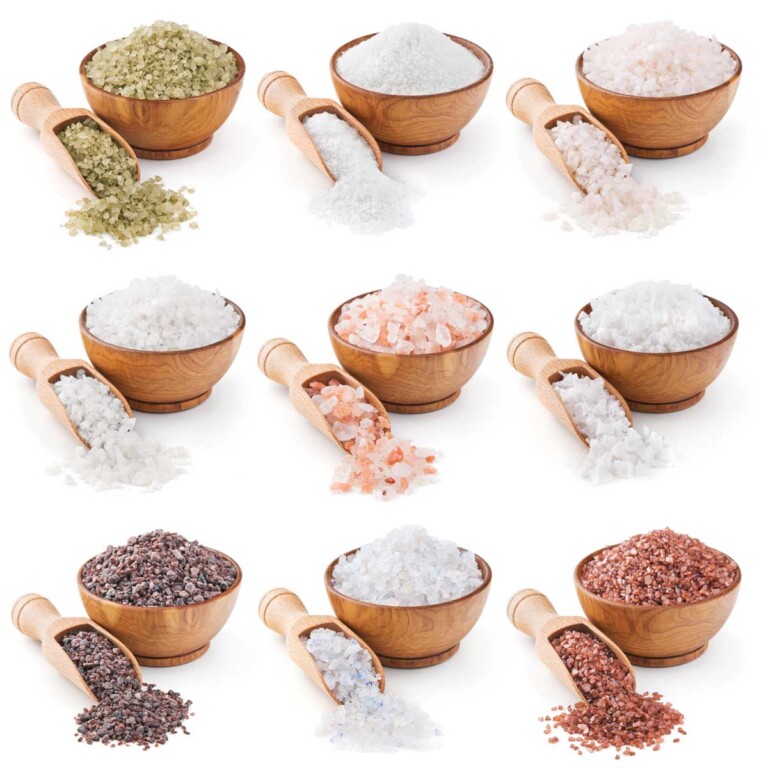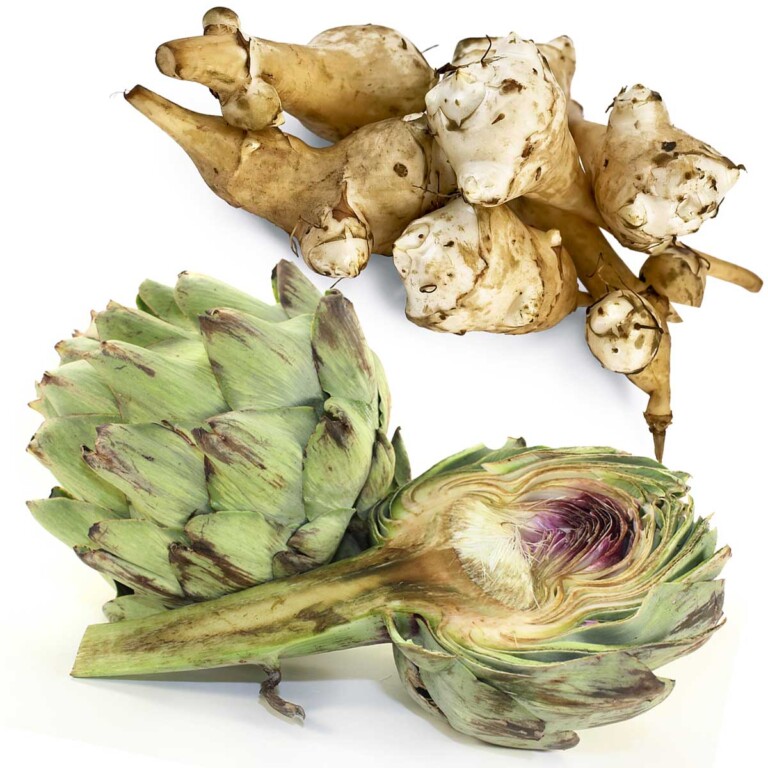47 Health Benefits of Fig Leaves (Nutrition Facts + Uses)
This post may contain affiliate links. If you make purchase after clicking a link, I may receive a commission at no extra cost to you.
Last Updated on October 26, 2023
You’re probably familiar with figs and may even enjoy them, but did you know there are tons of health benefits of fig leaves? It’s true! The nutrient-packed green leaves of fig trees come with all sorts of benefits. Learn the best ways to incorporate fig leaves into your diet and why you should start doing so right away.
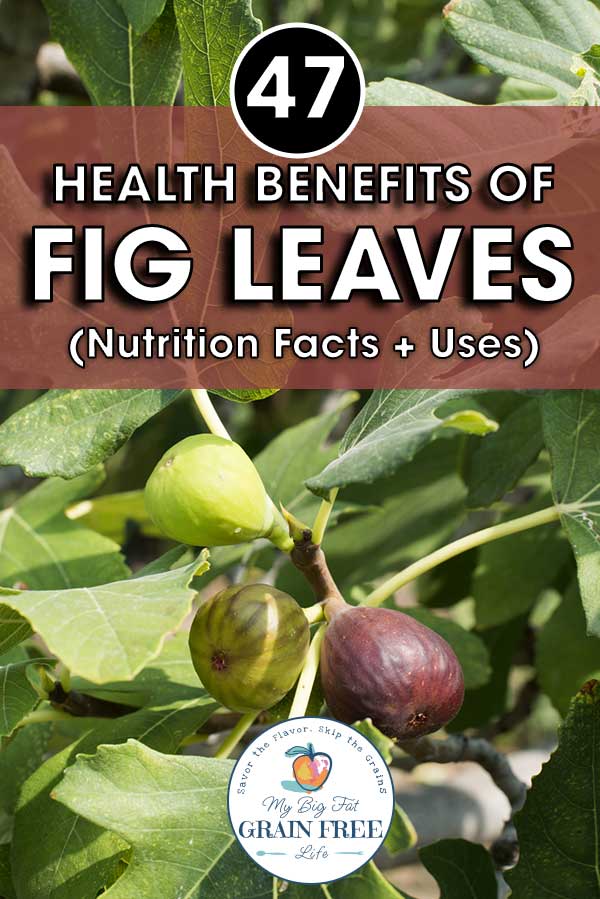
Health Benefits of Fig Leaves
There are some really awesome health benefits of fig leaves! They’ve been used in various ways since ancient times in traditional medicine.
Fig tree’s leaves are of those often-missed greens that you can use for all sorts for benefits, such as supporting heart health, improving digestion, boosting immunity, and more. We’ll go over 47 different health benefits of fig leaves down below.
But first, let’s learn a bit about figs and the most popular ways to use the leaves.
What are Figs?
Fig fruits come from the ficus tree. They have a sweet and slightly earthy taste, with a hint of honey-like flavor. Fresh figs have a soft and chewy texture, similar to dates.
Fig jam is pretty popular, but many people also enjoy eating dried figs, and fig fruit paste is commonly used in desserts.
Fig leaves are the green, foliage part of the fig tree. They too have a slightly sweet taste to them. You can find them in specialty grocery stores or farmers’ markets where fresh produce is sold.
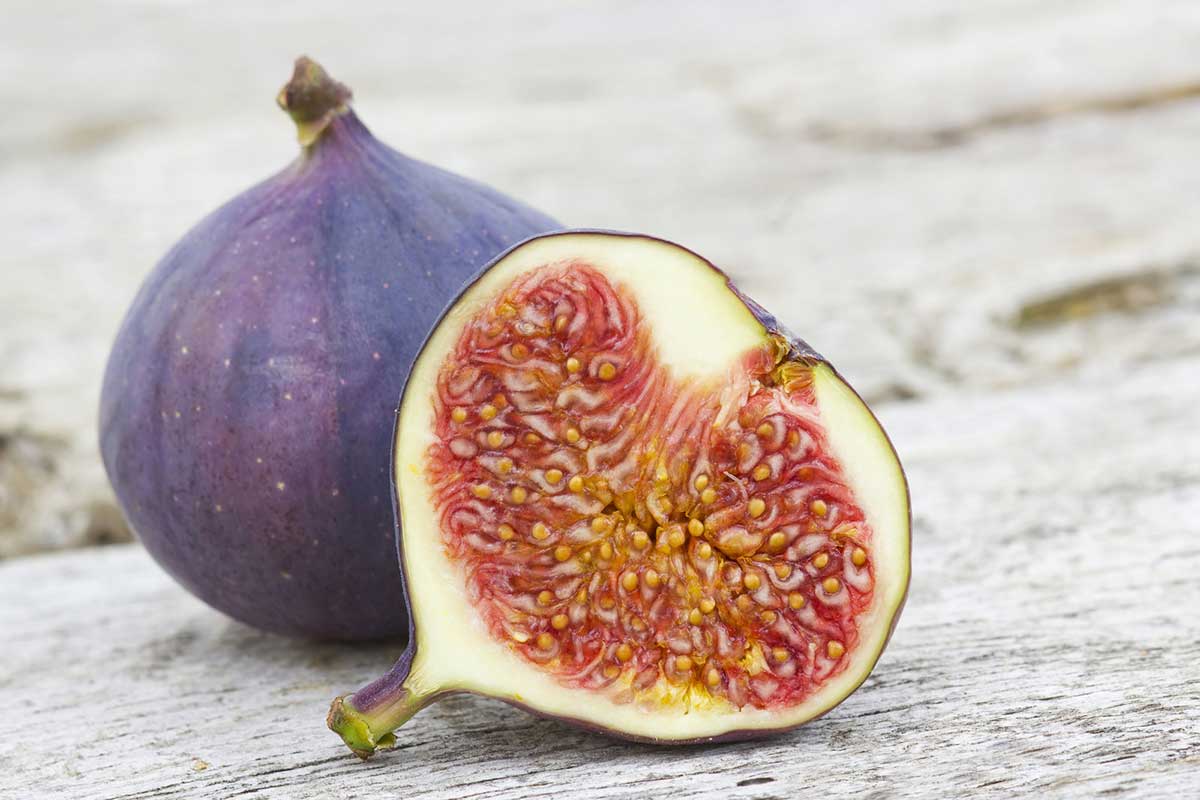
Can You Eat Fig Leaves?
Fig leaves are not only edible but also have several potential health benefits. The best way to prepare fig leaves for consumption is by using them as a wrap or infusion. You can use them as a wrap much like grape leaves are used.
You can also make a poultice using the leaves, as well as a fig extract, bath soaks, and compresses. Additionally, there are fig leaf supplements and teas you can purchase. Some people even smoke fig leaves instead of tobacco!
Fig Leaves as a Wrap
To use fig leaves as a wrap, simply rinse the leaves thoroughly and pat them dry. Place your filling, such as fish or vegetables, onto the leaf and fold it over to create a packet. Secure the packet with toothpicks if necessary, then grill or bake until cooked through. This helps keep fish, especially, nice and moist, and the leaves impart a nice flavor to the food that’s wrapped in it.
Fig Leaves Infusion
Another popular way to enjoy fig leaves is by making an infusion. Rinse the fresh leaves and tear them into smaller pieces. Bring water to a boil in a pot, then remove from heat and add the torn fig leaves. Allow the mixture to steep for about 10-15 minutes before straining out the leaves. You can drink this infused water hot or cold, depending on your preference.
Nutrients in Fig Leaves
Fig leaves are a rich source of various nutrients. Some of the nutritional benefits found in fig leaves include:
- Fiber: Fig leaves contain a significant amount of dietary fiber. The soluble fiber content in fig leaves helps aid in digestion.
- Vitamins: Fig leaves are a good source of vitamins such as vitamin A, vitamin C, and vitamin E.
- Minerals: Fig leaves also provide essential minerals like calcium, magnesium, potassium, and iron.
- Antioxidants: Fig leaves contain antioxidants that help protect cells from damage caused by harmful free radicals in the body.
- Phenolic compounds: Fig leaves contain phenolic compounds such as flavonoids and tannins that have been shown to possess anti-inflammatory properties.

Health Benefits of Fig Leaves
The list of various health benefits of figs is quite impressive. Fig leaves have antibacterial and antifungal properties, can aid in liver detoxification, promote hair growth, and even help you get to sleep!
Check out these 47 ways incorporating fig leaves into your diet can benefit your health.
1.) Lower Blood Pressure
Fig leaves are rich in potassium, which helps regulate high blood pressure levels by negating the harmful effects of sodium in your body.
2.) Heart Health
The antioxidants in fig leaves protect the heart from free radical damage, resulting in improved cardiovascular health and a lower risk of heart disease.
3.) Anti-diabetic Properties
Fig leaves have been shown to reduce the levels of sugar in the blood, helping to manage symptoms of diabetes.
4.) Weight Management
Being high in dietary fiber, fig leaves can help control your appetite and promote positive effects regarding weight loss.
5.) Bone Health
Fig leaves contain calcium, which is essential for maintaining strong and healthy bones and increasing
bone density.
6.) Improves Digestion
The high fiber content in fig leaves helps promote healthy bowel movement, aiding the digestive tract.
7.) Skin Health
The antioxidants in fig leaves can help clear up skin conditions and improve overall skin health.
8.) Boosts Immunity
Fig leaves are rich in vitamins A, B1, and B2, which can boost the immune system.
9.) Anti-Inflammatory
Fig leaves have anti-inflammatory properties that can help reduce symptoms of chronic inflammatory diseases.
10.) Liver Health
Studies suggest that fig leaves can help detoxify the liver, improving its function and overall health.
11.) Cancer Prevention
Certain compounds found in fig leaves have been linked to a lower risk of certain types of cancer, such as breast cancer.
12.) Eye Health
The vitamin A in fig leaves promotes good eye health and can help prevent age-related macular degeneration.
13.) Wound Healing
The latex from fig leaves has been used traditionally to promote wound healing.
14.) Antibacterial Properties
Fig leaves have antibacterial properties that can protect against common bacterial infections.
15.) Antifungal Properties
Similarly, fig leaves also exhibit antifungal properties.
16.) Respiratory Health
Fig leaves can help alleviate respiratory conditions like bronchitis or asthma.
17.) Stress Relief
The natural calming effect of fig leaves can reduce stress and anxiety.
18.) Improves Metabolism
Fig leaves aid in improving the body’s metabolic processes.
19.) Promotes Sleep
Fig leaves have properties that can help promote restful sleep.
20.) Manages Hair Health
The nutrients in fig leaves can promote hair growth and health.
21.) Vitamin K
This vitamin is abundant in fig leaves, aiding in blood clotting and bone health.

22.) Antioxidant-rich
Fig leaves have a high antioxidant content which can combat oxidative stress in the body.
23.) Anti-ulcerative
Fig leaf extracts have shown potential in protecting against stomach ulcers.
24.) Boosts Energy
The high carbohydrate content in fig leaves can provide a quick energy boost.
25.) Prevents Kidney Stones
The high calcium content in fig leaves can help prevent the formation of kidney stones.
26.) Improves Reproductive Health
Fig leaves have traditionally been used to boost reproductive health.
27.) Balances Hormones
The nutrients in fig leaves can help balance hormonal levels in the body.
28.) Improves Cognitive Function
Fig leaves are rich in magnesium, a nutrient vital for brain health.
29.) Mood Enhancer
The nutrients in fig leaves can help improve mood and reduce symptoms of depression.
30.) Hypertensive properties
Fig leaves can help lower blood pressure because they are a good source of potassium.
31.) Improves Lung health
Fig leaves are believed to be beneficial for lung health.
32.) Boosts Liver Function
Fig leaves have potential liver protective effects.
33.) Eye Infections
Traditionally, fig leaves have been used to treat eye infections.
34.) Treats Piles (Hemorrhoids)
Fig leaves have been used to treat piles due to their anti-inflammatory properties.
35.) Enhances Sexual Drive
Fig leaves have been known to enhance sexual drive.
36.) Strengthens Nails
The calcium and vitamins present in fig leaves can strengthen nails.
37.) Balances Blood Sugar Levels
Fig leaves help in balancing blood sugar levels, making them beneficial for people with diabetes.
38.) Improves Fertility
Fig leaves have been used traditionally to improve fertility.
39.) Improves Skin Elasticity
The nutrients in fig leaves can help improve skin elasticity and reduce signs of aging.
40.) Reduces Acne
The antibacterial properties of fig leaves can help reduce acne.
41.) Improves Hair Volume
The nutrients in fig leaves can contribute to improving hair volume and strength.
42.) Manages Cholesterol
Fig leaves can help manage total cholesterol and triglyceride levels due to their high fiber content.
43.) Prevents Constipation
The dietary fiber in fig leaves aids in preventing constipation.
44.) Boosts Iron levels
Fig leaves are a good source of iron, which can help people with anemia.
45.) Prevents Macular Degeneration
Fig leaves are rich in vitamin A, which can help prevent macular degeneration.
46.) Prevents Cataracts
The antioxidants in fig leaves can help prevent cataracts.
47.) Prevents Osteoporosis
The high calcium content in fig leaves can help prevent osteoporosis by promoting bone health.
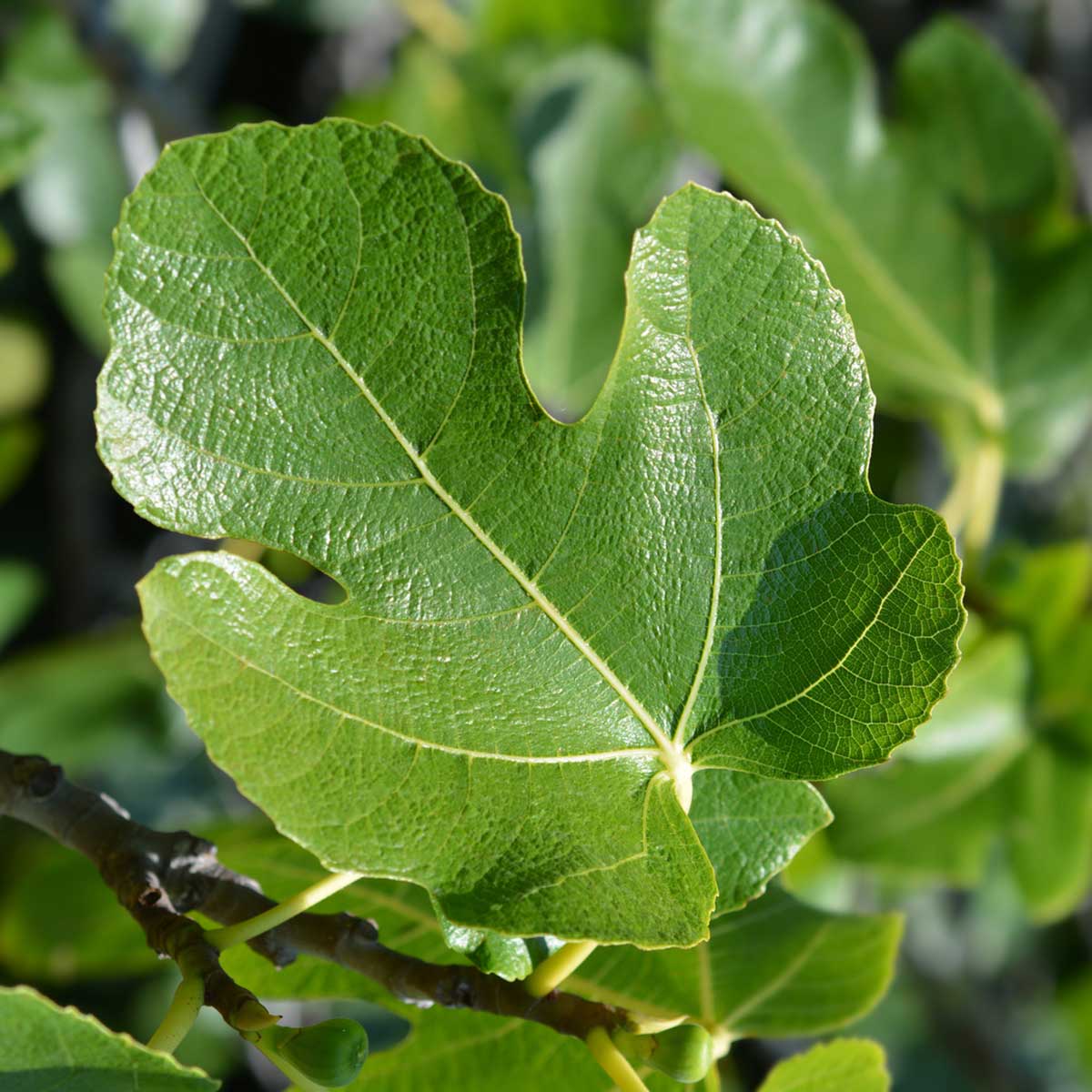
How to Cook with Fig Leaves
There are several ways to cook with fig leaves. Here are a few ideas:
- Wrapping: One of the most popular uses for fig leaves is wrapping food before grilling or baking. The large, sturdy leaves act as a natural barrier and infuse a nice, earthy flavor into the dish. You can wrap fish fillets, chicken breasts, or even vegetables in fig leaves before cooking them on the grill or in the oven.
- Steaming: Another way to incorporate fig leaves into your cooking is by using them to line steamer baskets or pots when steaming food. This method allows the steam to pass through the leaves and impart their unique aroma and taste onto whatever you’re cooking.
- Infusing liquids: Fig leaves can also be used to infuse liquids like milk or cream for making desserts such as custards, ice creams, or panna cotta. Simply heat up the liquid with some torn fig leaves until it reaches a gentle simmer, then remove from heat and let it steep for about 15-20 minutes before straining out the leaves.
- Grilling directly on coals: For a unquie twist, you can try grilling whole fig branches with their attached leaves directly on hot charcoal embers. This imparts a smoky flavor that elevates grilled meats or vegetables.
Other Ways to Use Fig Leaves
- Fig Leaf Tea: Steep dried or fresh leaves of fig in hot water for a soothing and antioxidant-rich herbal tea.
- Poultice: Crush fig leaves into a paste and apply it topically to help soothe skin irritations, such as insect bites or rashes.
- Extract: Prepare a fig leaf extract by boiling fig leaves in water, then strain the liquid and consume it.
- Fig Leaf Infusion: Infuse fig leaves in olive oil to create a natural remedy that can be applied externally on minor burns or cuts.
- Bath Soak: Add dried fig leaves to your bathwater for a calming experience that may also provide relief from dry skin conditions.
- Powder Supplement: Grind dried fig leaves into powder form and incorporate it into smoothies, coconut yogurt, or baked goods for added nutrients like calcium and iron.
- Fig Leaf Compress: Soak clean cloth strips in boiled water infused with crushed fig leaves, then cool them down before applying as a compress on swollen areas of the body.
- Facial Mask: Mix mashed ripe avocado with finely chopped fresh fig leaves to create a nourishing face mask that may promote healthy-looking skin due to its antioxidant effects.
- Fig Leaf Smoking Alternatives: Dry out some shredded or cut up parts of freshly picked greenish-yellow colored tender young fig leaves, then allow them to dry out in a shaded well-ventilated area for a few days. Once they are completely dried, you can use these as an alternative to tobacco or other smoking herbs.
Fig Leaves Natural Latex
Natural latex can be extracted from the stems or leaves of certain species of fig trees, such as Ficus carica. This latex contains various components, including proteins, carbohydrates, and minerals.
Fig leaf latex has several applications due to its unique properties. It can be used in traditional medicine for its anti-inflammatory and antimicrobial properties. Additionally, it has been studied for its potential use as an eco-friendly alternative to synthetic rubber in industries such as manufacturing and textiles.

Potential Downsides to Consuming Fig Leaves
Fig leaves are generally safe to consume and have been used in traditional medicine for various purposes. However, it is important to note that there can be potential side effects associated with eating fig leaves. These may include:
- Allergic reactions: Some individuals may be allergic to fig leaves, leading to symptoms such as itching, rash, swelling, or difficulty breathing.
- Digestive issues: Consuming large amounts of fig leaves can cause digestive discomfort like bloating, gas, or diarrhea due to their high fiber content.
- Hypersensitivity reactions: In rare cases, consumption of fig leaves might trigger hypersensitivity reactions in sensitive individuals resulting in skin irritation like hives or even anaphylaxis.
- Interaction with medications: Fig leaves contain compounds that can interact with certain medications such as blood thinners or anti-diabetic drugs. If you are taking any medication regularly, it’s advisable to consult your healthcare provider before consuming fig leaves.
- Oxalate content: Fig leaves contain oxalates which could contribute to the formation of kidney stones in susceptible individuals if consumed excessively over a prolonged period of time.
If you have any concerns about incorporating fig leaves into your diet or experience any adverse reactions after consumption, it is recommended to seek medical advice from your physician.
You might also want to check out: Complete Guide on Greens: Collards, Mustards & Turnip Greens
Sources
- https://www.specialtyproduce.com/produce/Fig_Leaves_7136.php
- https://www.healthline.com/nutrition/figs-benefits
- https://www.rxlist.com/supplements/fig.htm
- https://www.webmd.com/vitamins/ai/ingredientmono-445/fig
- https://www.ncbi.nlm.nih.gov/pmc/articles/PMC6897490
- https://www.mdpi.com/2227-9717/11/4/1179
- https://www.ncbi.nlm.nih.gov/pmc/articles/PMC9658579



